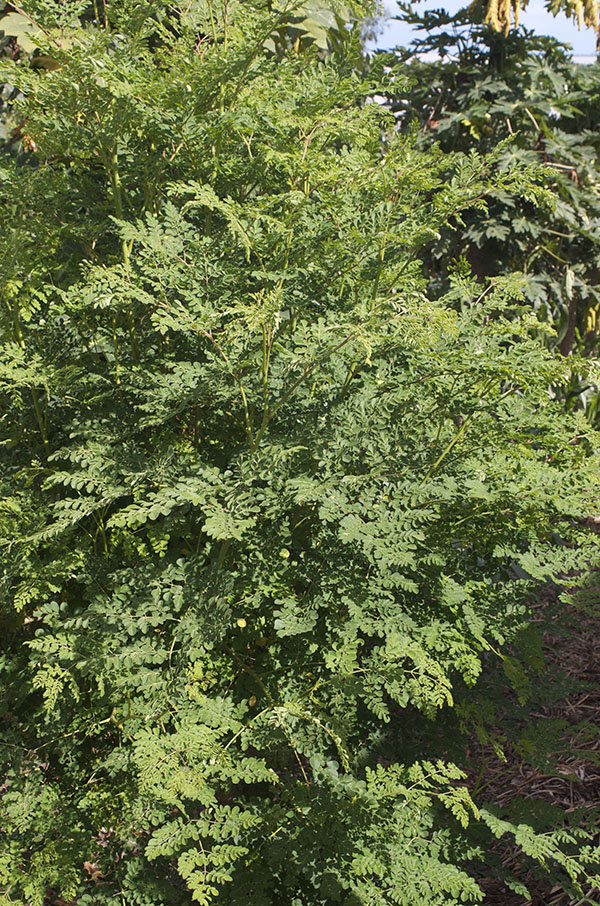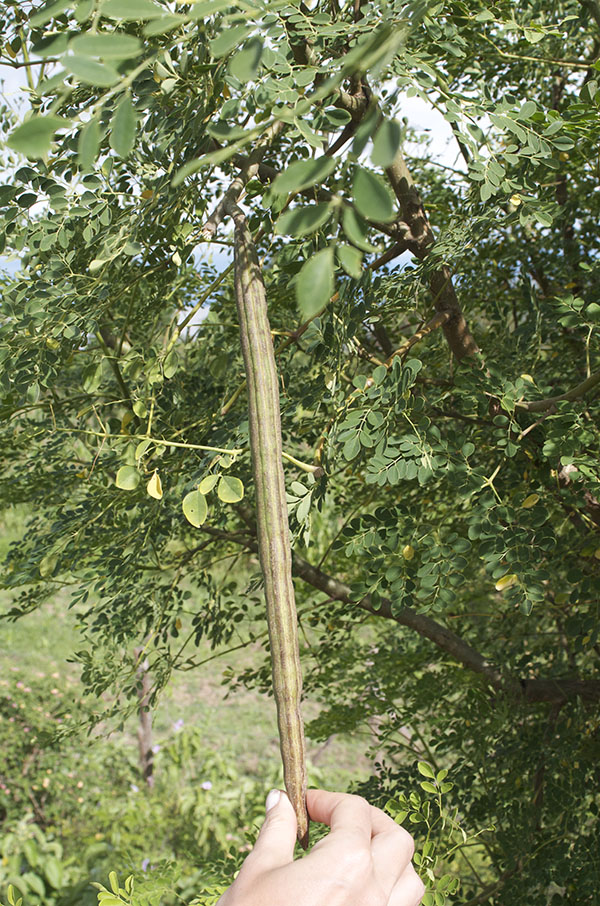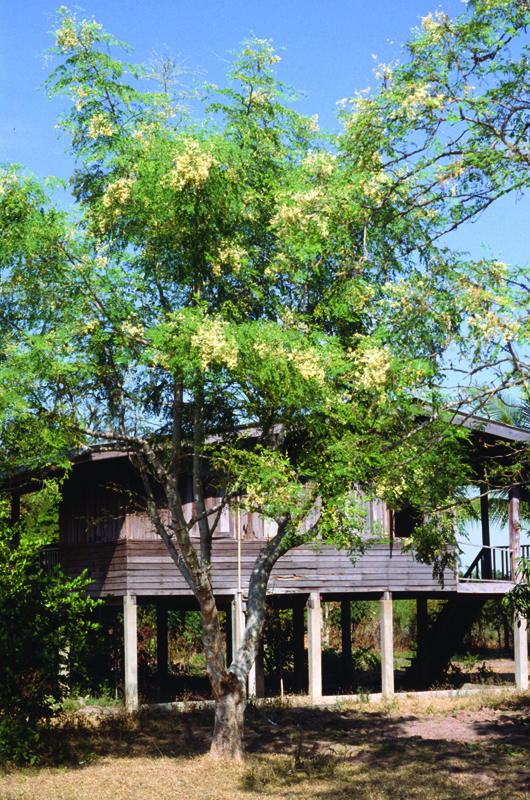| Shape | The shape of a mature tree is vase like with a main trunk that branches into a tall, arching form. |
| Propagation | Propagated by seed or cuttings. |
| Cultivation | Grown mainly is tropical areas. Tolerates a wide range of soils but prefers neutral to slightly acidic, well drained soils. A sun and heat loving plant, it does not react well to freezing or frost. |
| Notable Specimens | Simón Bolivar National Zoo and Botanical Garden, San Jose, Costa Rica.
Royal Botanic Garden Edinburgh, Edinburgh, Scotland.
Arboretum of the Barnes Foundation at SJU, Philadelphia, United States of America.
Denver Botanic Gardens, Denver Colorado, United States of America.
|
| Bark/Stem Description | The bark’s texture is quite fine compared to other trees and is smooth to the touch.
|
| Flower Description | The fragrant flowers are yellowish-white with 5 petals. The flowers are 1-2 cm long. |


